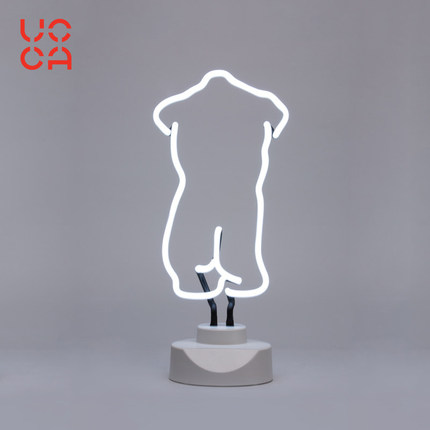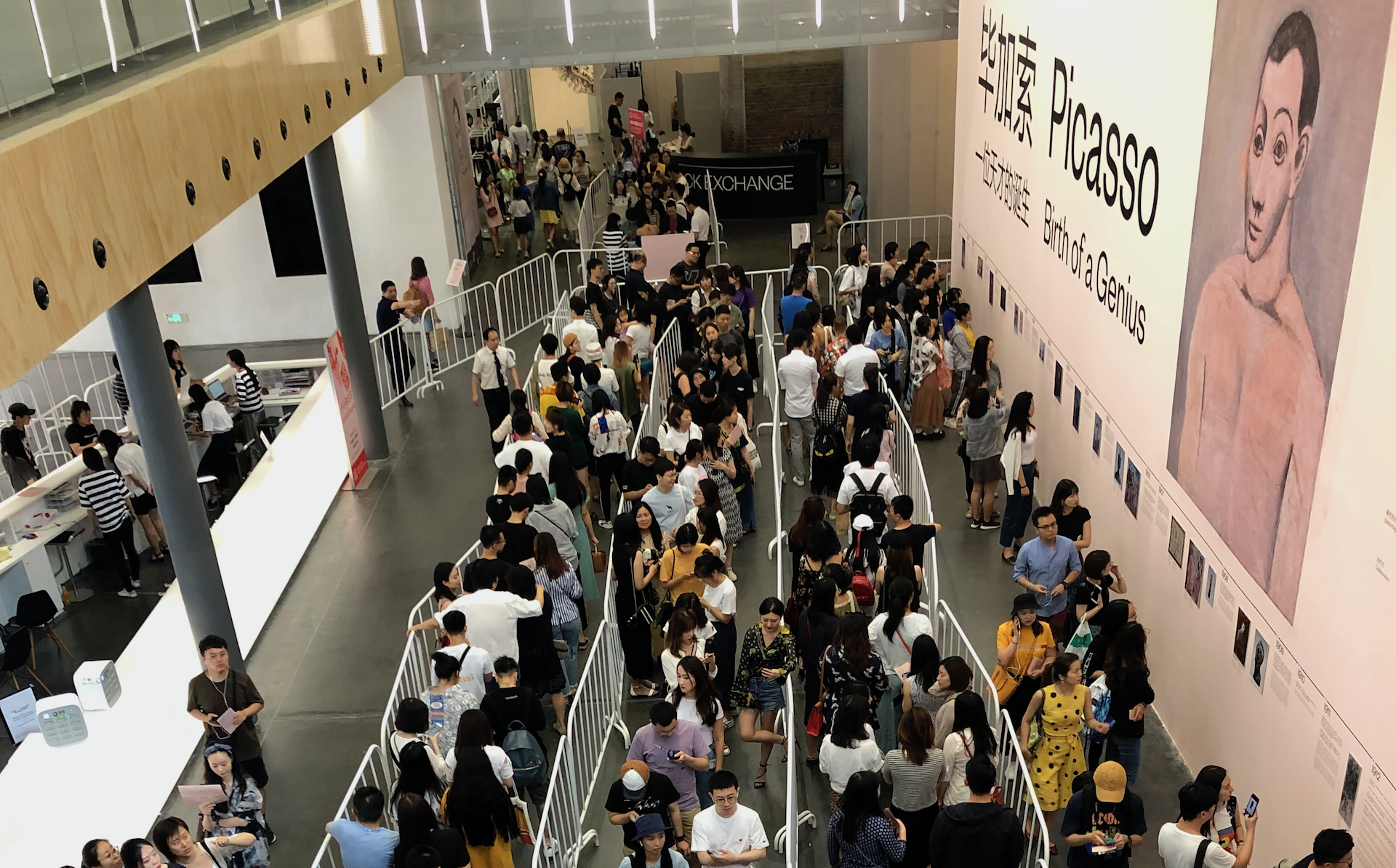Rarely can a museum exhibition claim to foster high-level, geopolitical dialogue, but Beijing’s hottest summer show, Picasso – Birth of a Genius, became a talking point between the respective presidents of China and France, Xi Jinping and Emmanuel Macron, during their March 2019 meeting in Paris.
For the show’s host, UCCA Center for Contemporary Art (UCCA), curating China’s largest-ever exhibition of the Spanish master required the help of France’s foreign minister, Jean-Yves Le Drian, who stepped in to waive a $225 million deposit imposed by Chinese customs, among other potential roadblocks. In today’s interconnected art world, negotiating with foreign government agencies is often necessary, but for UCCA, acting as a conduit between China and world has been central to the museum’s identity since opening in 2007.
“It has always been a dream of UCCA, beginning with our founder Guy Ullens, to do a major Picasso show,” says long-time museum director Philip Tinari, who notes that interest in attending top-notch exhibitions is spreading “across many different demographics”. Tinari’s point, along with the fact that more than 100,000 visitors took in Birth of a Genius in July suggests a burgeoning Chinese curiosity for foreign art. And in some senses, this is true. The days of western museums sending second-rate exhibitions to China have been replaced by today’s high-quality offerings by celebrated institutions such as Tate, LACMA, and Victoria and Albert Museum. In turn, Chinese travellers are increasingly motivated by cultural consumption when visiting Europe and America.
This willingness to engage with western art can be seen as an extension of swelling domestic pride in China’s rich cultural and artistic history. The booming popularity of China’s provincial museums, institutions devoted to Chinese artefacts and historically important artworks, is a sign of this shift with eight of China’s 10 most attended museums falling into this category (these museums averaged 5.5 percent visitor increase in 2018).
While provincial museums typically drive domestic conversations focused on China’s past, UCCA, as an institution focused on contemporary art (a movement that is almost by definition global) strives to foster broad, cross-cultural dialogue. Its founders, Guy and Myriam Ullens, explicitly stated their hope of bringing Chinese contemporary art into international conversations. In the 12 years of UCCA’s existence, this promise has been met through exhibitions of established Chinese artists such as Xu Bing and Qiu Zhijie as well as hosting the likes of American portraitist Kehinde Wiley and highly influential conceptual artist Lawrence Weiner. Within the context of these previous exhibitions, the early 20th century work of Picasso seems like something of an outlier, but as part of Festival Croisements, France’s largest cultural initiative in China, Birth of a Genius makes sense and stands as the latest example of UCCA creating a space for cross-cultural dialogue.
As Tinari tells it, UCCA’s ability to harness these conversations is greater than ever before. “In the beginning UCCA, by necessity, catered more to the art world and an elite cultural circle, but [today] Chinese art lovers are the beneficiaries of a thriving moment of exhibition-making, publishing, and online commentary.” For Tinari this fits into a larger trajectory of young, urban Chinese becoming increasingly sophisticated and knowledgeable about the art world.
Wenchuang Products and Celebrity Collaborations
Located in Beijing’s 798 art zone, an area of former military factories that now houses some of the capital’s most prominent galleries, UCCA stands at the heart of China’s cultural consumption scene, which, as Tinari acknowledges, has forced the museum to do more than simply curate compelling art exhibitions to the general public. “We used to think more straightforwardly in terms of publicity and critical attention, but now so much of our outreach is centered on collaborations with new marketing channels, social media platforms.”
Practically speaking, this has meant inviting influencers to UCCA and creating specialized wenchuang products — culturally inspired products created by museums— to accompany exhibitions that sell on Tmall, China’s premier e-commerce platform. Among the museum’s latest offerings are a limited-edition tote bag featuring Picasso’s 1919 painting The Lovers and a playful neon desk lamp inspired by the Spaniard’s nude sketches.
A further boost has come through high-profile endorsements such as when Chinese actor and teenage heartthrob, Li Xian, posted an image of the tote bag on his Weibo account. Such attention simultaneously elevate the status of UCCA and give cultural currency to its branded products.

Wenchuang products are an important way for Chinese museums to connect with millennials, this neon lamp is inspired by Picasso’s sketches and sells on Tmall for $41.
“The bags are good looking,” said one exhibition goer in a review on Tmall. “I bought two colors, [because] I didn’t see the black when I visited the exhibition [at UCCA], so I bought it on Tmall when I got home.”
These products serve to drive young audiences to UCCA and increase the discourse taking place in the 798 space, “we still believe in the primacy of the art experience inside our physical space,” says Tinari, “all of this digital promotion is still a means to bring people to see exhibitions they might not otherwise have interest in or access to, and hopefully to come away engaged and enriched.”
UCCA Looks Forward
Even as UCCA is enjoying one of the strongest moments in its 12 year history, it is worth remember that the institution’s longevity came into question three years ago when founders Guy and Myriam Ullens put the museum up for sale. After a period of uncertainty, a group of investors stepped in and funded a sweeping renovation to ensure UCCA’s brand remained as strong as ever. This forward thinking took a step further in November 2018 when UCCA opened a second location in the dunes of Beidaihe, 185 miles east of the capital.
UCCA Dune, as its name suggests, is a series of interconnected cave-like structures amid the sand dunes beside the Bohai Sea. Dune has so far chosen to display art with an environmental focus as a way to extend the UCCA brand further and continue its presence in Chinese art world. And this position, as evidenced by the surging popularity of Birth of a Genius, is exactly where UCCA wants to be.
“[UCCA] is a place where art can thrive,” says Tinari, “[798 continues] an interesting evolution, and the overall visitor traffic to the district goes up every year.”



